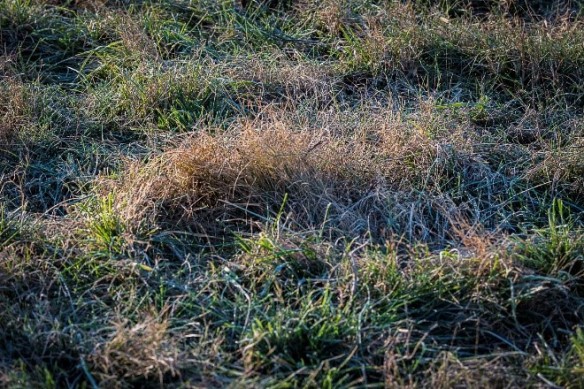Literally thousands of acres of Kentucky pasture and hay fields are overseeded with clover, much of it frost-seeded in late winter. Yet this is one of the few times where crops are seeded where we halfway expect not to get a stand. You would not accept this for corn or soybeans. Here are a few tips to ensure you have the best chance of getting clover established from a frost-seeding.
1) Address soil fertility needs. Get a current soil test, and apply the needed nutrients. Clovers need soil that is pH 6.5 to 7 and medium or better in P and K. Do not apply additional N except for that supplied from diammonium phosphate (DAP) if used to supply the needed P. But get the soil test; anything else is just a guess.
2) Select a good variety. Choose an improved variety with known performance and genetics. Choosing a better red clover variety can mean as much as three tons of additional hay and longer stand life. Spread enough seed. UK recommends 6 to 8 pounds of red and 1 to 2 pounds of white/ladino clover per acre. Apply higher rates if using only one clover type. Applying the minimum (6 lb. red and 1 lb. white) will put over 50 seeds per square foot on the field (37 red, 18 white).
3) Make sure seed lands on bare soil. Excess grass or thatch must be grazed and/or disturbed until there is bare ground showing prior to overseeding. The biggest cause of seeding failure with frost seedings is too much ground cover. Judicious cattle traffic or dragging with a chain harrow can accomplish this.
4) Get good seed-soil contact. With frost seeding, we depend on the rain and snow or freeze-thaw action of the soil surface to work the clover seed into the top ¼ inch of soil. A corrugated roller can also be used soon after seeding to ensure good soil contact.
5) Control competition next spring. Do not apply additional N on overseeded fields next spring, and be prepared to do some timely mowing if grass or spring weeds get up above the clover. Clover is an aggressive seeding but will establish faster and thicker if grass and weed competition is controlled.
Clover can be reliably established into existing grass pastures with a little attention to detail. Soil fertility, variety, seeding rate, seed placement and competition control are the major keys to success. ~ Dr. Jimmy Henning, Adapted from Grazing News.

Bare soil should be showing for successful clover overseeding

The heavy ground cover here will prevent clover establishment
Register here to receive the newsletter.

You must be logged in to post a comment.